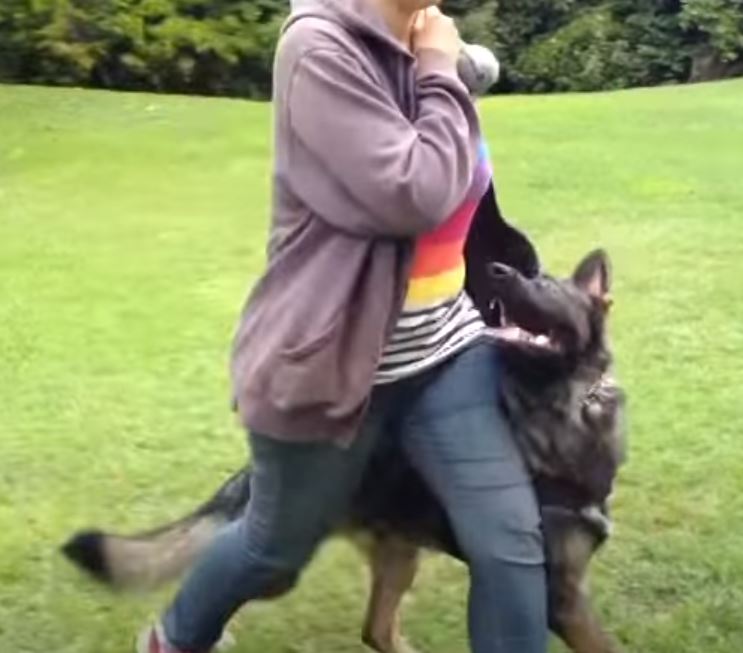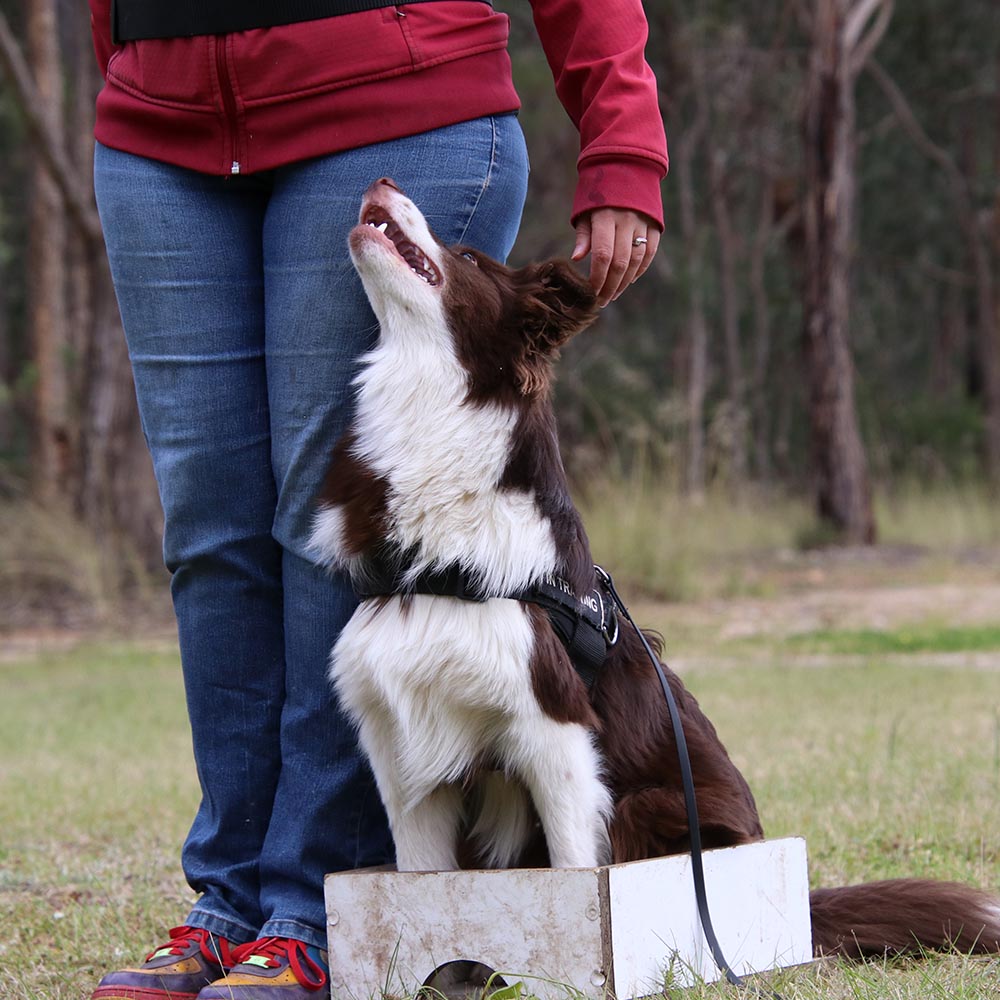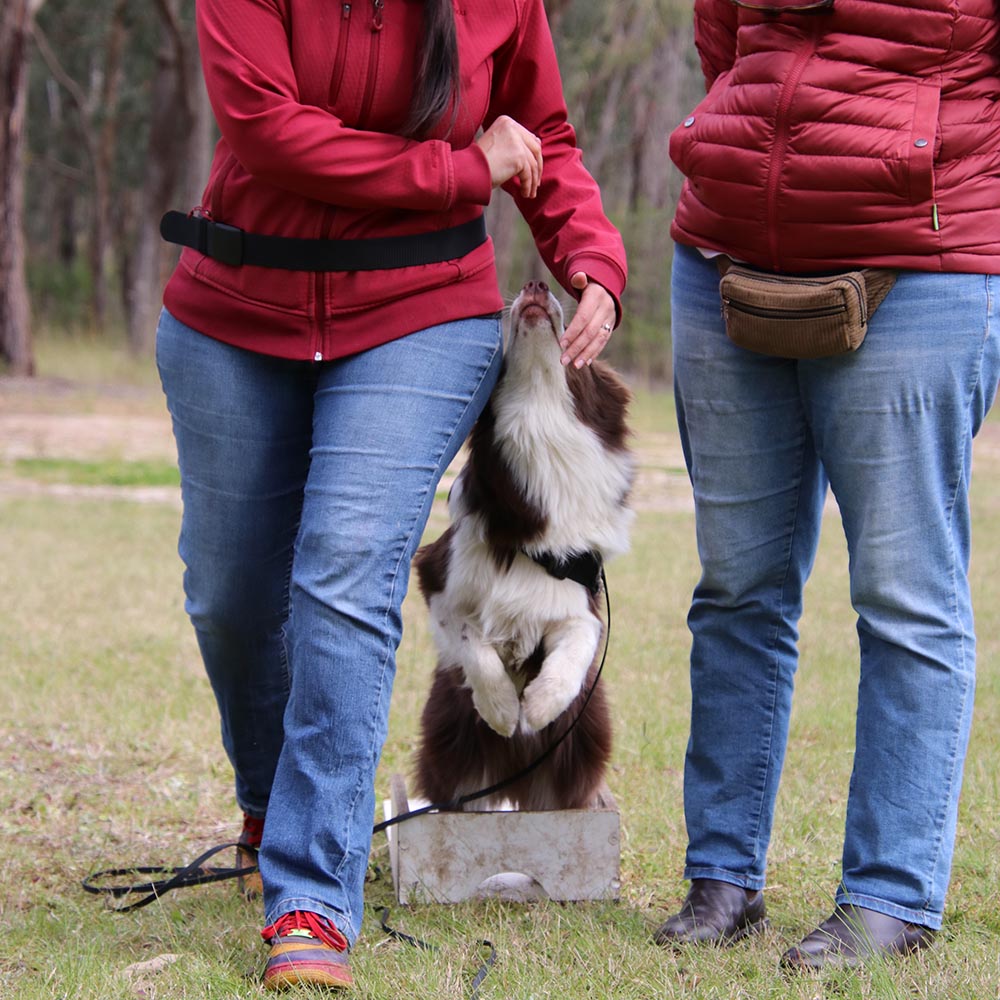I stumbled across a old video of myself and my German Shepherd Dog Roscoe when he was young, around 1. In this video I am under instruction from a trainer and showing off our heelwork on a field. At the time this video was taken, over 8 years ago now, I believed that this was great heelwork. Even now I get a nice feeling to see my young boy looking so happy and up beat, but with all the experience and wisdom that failure brings, I see a hugely fundamental flaw in this.

I’m luring. This isn’t heelwork, this is lured motion. Its a nice lured motion, his position and facial expression is great, but none of that makes it correct in what it was supposed to be.
Heelwork to me is an exercise that comprises of many different parts, and one of them is a dogs understanding of where to position themselves without any reward or help present. No hand guide, no food and no toys. They need to have the understanding despite location of any reward. They need to strive to produce a reward through their correct performance of a behaviour, not have that behaviour be produced by the appearance of a reward.

Here you can see Poe the 7 month old Border Collie has placed himself into what he sees as the “heel” position. He is aided by a heeling box to keep him straight and not too far forward. There is no food in my hand and no ball under my arm.
A big issue that many people have is the ability to fade a lure out of heelwork. They rely on food held in a hand above the dogs head (even held in the other hand across their body and above the dog) or a toy above the dog to get a consistent position. This was the very issue I had with my GSD Roscoe. I didn’t properly understand how to build the position without the presence of a visible reward, and I didn’t get the importance of fading that lure as soon as possible.
My young 7 month old Border Collie Poe currently at the point where he is beginning to understand all the fundamentls in what makes a reward happen in heel, and that he is in control of it. He pushes me to reward him, by getting into the correct position. That position is not created by anything other that my cue of “heel”. His position was originally built using a lure, but that lure is being systematically faded as a important part of training progression. You should always be mindful of any use of a lure past the learning phase of any position, because it becomes a crutch fast and it is hard to remove!

Here you can see I am rewarding above Poe’s head to help build muscle memory for an upward movement, which will aide us in a nice prancey style heelwork motion as an adult dog. Reward location matters to a dog and will help build their future movement patterns. .

Here is a good example of an older dog, my adult malinois Crash, that has a solid heel position not reliant on a toy lure. In fact the toy is next to him and fully visible but doesn’t influence his position as he knows to gain the toy, he needs to heel upwards as per his training and reward history 🥰.
When you rely on visible lure, you are then going to be very stuck when you can’t have it on you, which means the second you try and progress to being in a ring, you’re going to lose out. I can tell you that it was hard to remove the visible lure from the equation with Roscoes heeling. Far harder than it ever needed to be had I understood at the time what to do.
Is this a problem you’re facing in your dogs heelwork? Get in contact with us today to book in for one of our in person training consults where we can assist you in getting these fundamental heelwork foundations correct, or we can set you in the right direction of other trainers in your area or online that can help!

